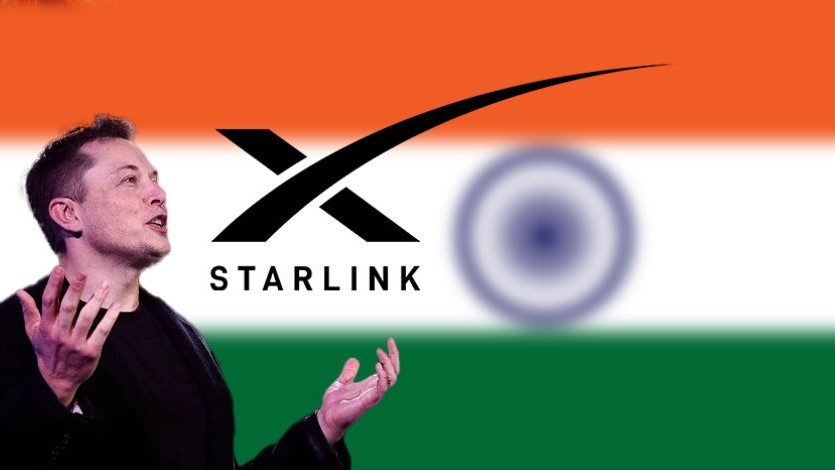

Starlink Cleared to Launch Satellite Internet Services in India
Elon Musk's Starlink has officially secured its Global Mobile Personal Communication by Satellite (GMPCS) licence, enabling the company to begin offering its satellite internet services in India. A senior government official confirmed that the license was granted after comprehensive due diligence, particularly from a national security perspective. This approval comes nearly three years after Starlink first applied and makes it the third entity to receive such a license in India, following Eutelsat’s OneWeb and Reliance Jio. The Department of Telecommunications (DoT) had issued a letter of intent to the company last month, which was the final step preceding the official grant of the license.
Contentious Path to Entry
Starlink's journey to securing this license was marked by a significant and fiercely fought debate over the allocation of spectrum for satellite services. The company found itself at odds with some of India's telecom behemoths, most notably Reliance Jio. While Starlink advocated for an administrative allocation of spectrum, Jio pushed for an auction-based process. The Indian government ultimately decided to adopt the administrative route, reasoning that the spectrum used for satellite communication is shared and technically challenging to auction effectively.
While one battle has concluded, another is brewing over pricing. The Telecom Regulatory Authority of India (TRAI) has put forward recommendations that are being opposed by the country's private telecom operators. These operators argue that the proposed charges for satcom services are too low and could create an uneven playing field. TRAI has recommended that satcom operators pay 4% of their adjusted gross revenue (AGR) as spectrum usage charges, an additional annual charge of Rs 500 per subscriber in urban areas, and an 8% AGR as an annual license fee.
The Market and Technology
Satellite communication services, which use a constellation of satellites to provide internet connectivity, offer a key alternative to terrestrial networks like cable and fiber. They are particularly effective at providing coverage over vast and remote areas with minimal ground infrastructure. Starlink operates the world's largest satellite constellation, with approximately 7,000 satellites currently in orbit. While these services are often more expensive, positioning them to cater primarily to affluent households in urban areas, Starlink has also entered into retail partnerships with both Jio Platforms and Bharti Airtel, allowing these companies to offer Starlink's services to their own customer bases.
Strict Regulatory Guidelines
The license to operate in India comes with a set of stringent guidelines issued by the DoT, ensuring that national interests are protected. These regulations mandate several key compliances for satcom companies:
Starlink's entry into the Indian market represents a significant development for the nation's digital infrastructure. While the company has successfully navigated a complex licensing process, it must now contend with a strict regulatory framework and an evolving competitive landscape. The introduction of its services is expected to enhance connectivity options, particularly in underserved regions, and will be a closely watched chapter in India's ongoing digital transformation.
Tags: prameyanews